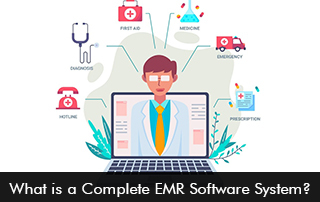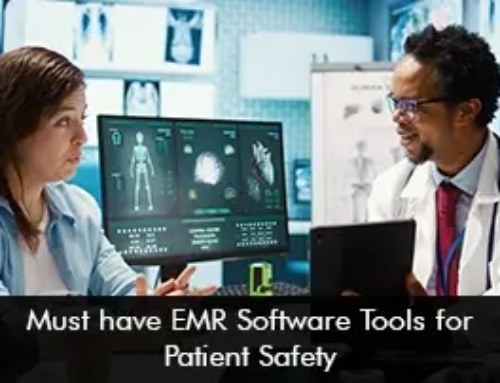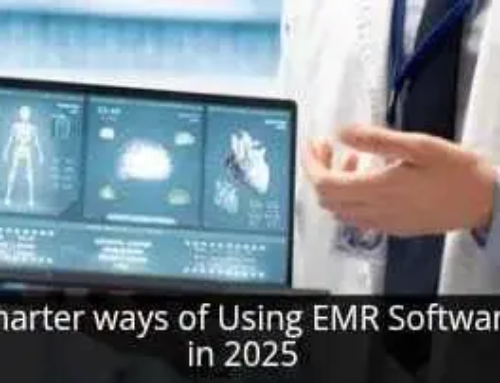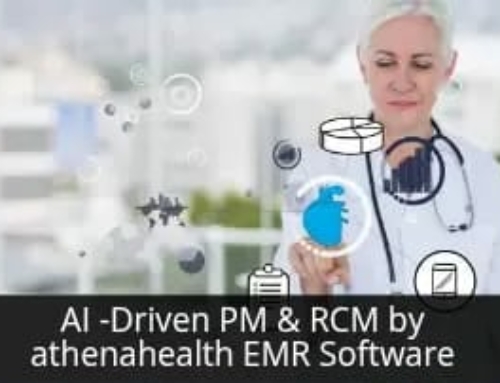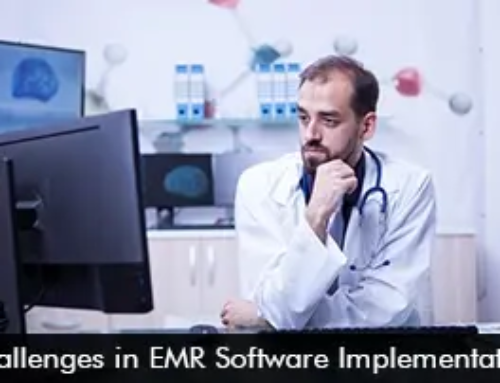Think of a full-fledged Electronic Medical Records (EMR) Software as more than a fancy upgrade from those old paper charts. It’s like a complete toolkit for healthcare, built to make everything run smoother, from how clinicians work to how patients are cared for. This kind of EMR system doesn’t just hold patient data; it comes packed with powerful tools to help with everything from making clinical decisions to billing, staying in touch, and generating reports.
Key Functionalities in a Complete EHR Software
Clinical Documentation Tools
These tools make charting a breeze with handy templates, voice-to-text capabilities, and AI-powered smart suggestions. This means providers can finish their paperwork faster and make fewer mistakes.
E-Prescribing
Healthcare providers can send prescriptions straight to the pharmacy with just a few clicks with the e-Prescribing tool in the EMR Software. This gets rid of messy handwriting and ensures patients get the right medications.
Lab Integration
Ordering lab tests and getting results has become simple with electronic health records software lab integrations. Everything connects seamlessly, so clinicians can see all the information right inside the patient’s chart.
Patient Portal
With the Patient Portal EMR Software platform, patients can easily and securely check out their medical records, lab results, book appointments, and even message their doctors, all in one place. This is an effective way to boost patient engagement and satisfaction scores.
Appointment Scheduling & Reminders
Scheduling is automatic with robust appointment scheduling tools in the EHR Software. Patients get helpful reminders through text or email. This means fewer missed appointments and happier patients.
Billing and Revenue Cycle Management
Medical billing can become tedious and tricky for providers. With the help of billing and RCM features in the EMR Software, billing tasks have been streamlined, ensuring fewer mistakes and faster payments. Claims, insurance eligibility, and payment tracking become automatic.
Telemedicine Software Integration
The COVID-19 pandemic propelled the usage of telemedicine solutions. Now, telemedicine offerings have become a necessity to deliver effective and timely remote care. Patient can easily schedule telemedicine appointments and get care from the comfort of their homes.
Interoperability
Powerful interoperability options in EHR Software support the swift exchange of patient data, facilitating Health Information Exchange. This creates an interoperable ecosystem, which is the foundation of high-quality healthcare delivery.
CDS Tools
A complete EMR Software System offers healthcare providers Clinical Decision Support (CDS) Tools. These tools provide evidence-based guidelines and alerts to empower providers at the point of care.


